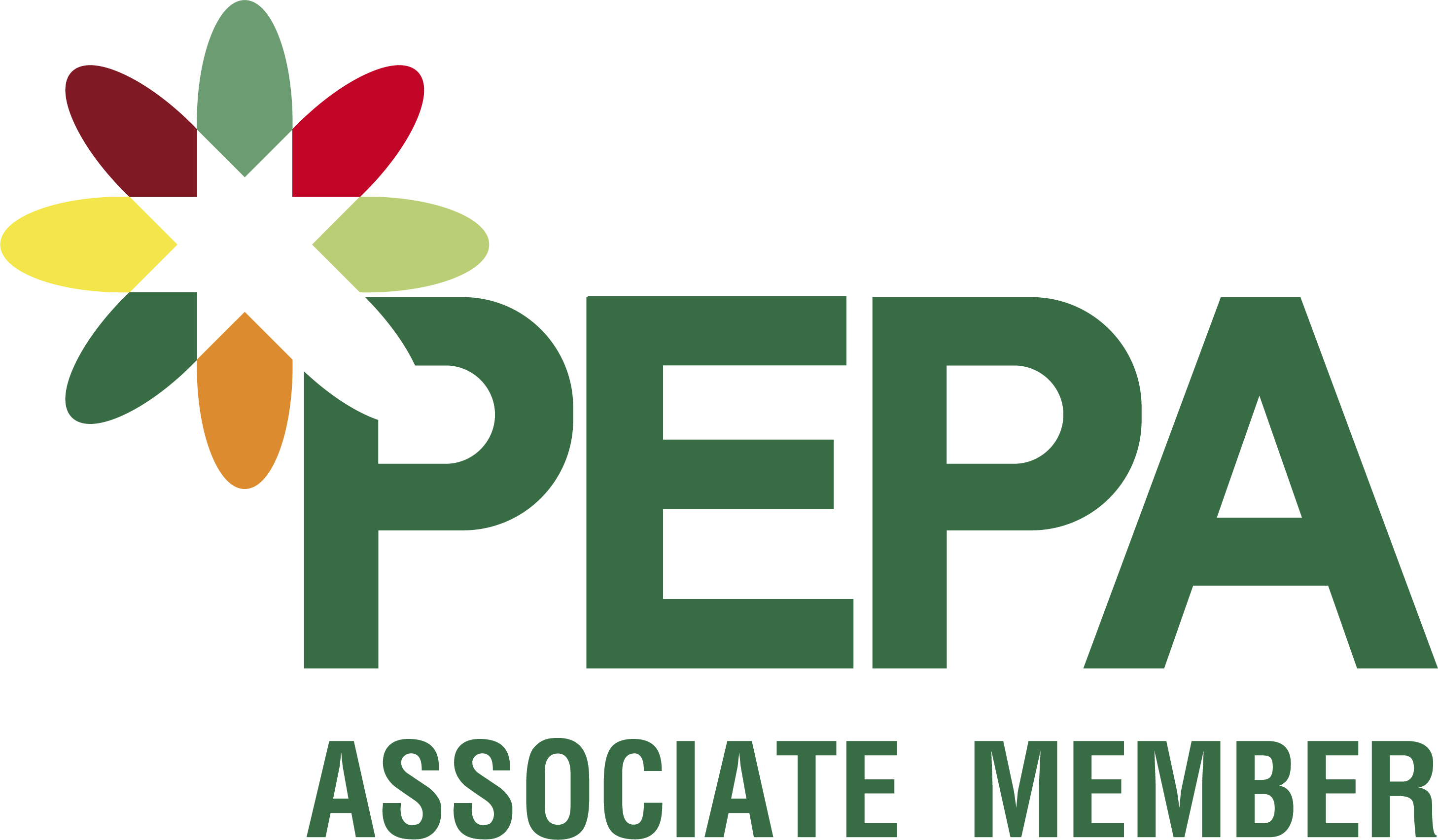Today (15th June 2022) is “E Day” for non-domestic EPCs

What is “E Day”?
Two things of particular significance happened today (15th June 2022).
Firstly, Electricity for heating finally became acceptable for non-domestic EPCs, in fact more acceptable than gas.
Secondly, because of the above, the vast majority of electrically heated buildings will now meet the minimum energy efficiency standard (MEES) of an “E” rating – without needing any upgrades.
The carbon factor changes in SBEM 6.1 mean that a typical low grade office and workshop type building with night store or panel (or assumed) electric heating is likely to achieve the E or above currently required for MEES. Many of these are buildings where until now the owner would have been forced to consider gas central heating or air source heat pumps to achieve MEES compliance. Today, for a significant proportion of domestic buildings, MEES compliance has gone from a high cost upgrade to just the cost of a new EPC.
There will still be a few buildings that don’t meet the minimum standard, but a lot fewer than there were. We anticipate most of those will be able to reach it with truly cost effective lighting or insulation upgrades rather than significant investment in heating systems (they probably don’t actually need).
WARNING
The rules of the game have changed. In fact, they have been turned completely upside down. Proficiency has been warning about this for a long time and most of our members will be well prepared. However, it is only recently that some (but not yet all) schemes have started talking sensibly about it.
If you have produced EPCs for clients with electrically heated buildings that were below the minimum standard (or below the rating that for some other reason they needed to achieve) they will have been recommended to make improvements. Some of those improvements would no longer be needed. Worse still, some of them could now actually reduce their rating. That is going to lead to some very difficult conversations between energy assessors and unhappy clients. “I did what you told me I should do to get a better rating and now you are giving me a worse one”.
Our members have been talking to clients about this for months and deferring things like portfolio reviews until after E Day. Our concern would be assessors who have not been so well informed about what is coming. Some will have been advising clients on how to upgrade their buildings to achieve current and future minimum standards. Much of what those assessors have told their clients will now be wrong. Realistically all of those EPCs need to be rerun in the new software and a complete new set of recommendations made. If you are in this position, we suggest you need to get ahead of this with your clients rather than waiting for them to find out the hard (and expensive) way.
We have been trying to get schemes to acknowledge what this all means and take a consistent approach. As yet we have not had confirmation that they will be so assessors need to be mindful that yet again, different schemes (or different people within the same scheme) may be applying different rules. You may want to re-issue SBEM v5.6 EPCs that have been done recently in SBEM v6.1. The main things to watch out for are:
1) Your scheme may or may not allow you do this without a re-visit
2) If they do, there could be a limit on how long since the original survey this can be done for
3) If you do this within 3 months of the original EPC lodgement it will be a smart audit trigger
4) We do not believe that the original EPC should be marked not for issue as it will have been the valid EPC for the building for the short period up until the point where it has been superseded
We have not been able to obtain a clear statement on these points across all schemes, so you need to make sure you know what approach your scheme is taking.
Check our previous articles to find out more about what is happening. In particular the article at 15th June 2022 is a significant date for non-domestic energy assessors. (proficiency.services) demonstrates the significance and indicates which buildings will be most affected.
Ian Sturt
Chaiman, Proficiency
15th June 2022
Two things of particular significance happened today (15th June 2022).
Firstly, Electricity for heating finally became acceptable for non-domestic EPCs, in fact more acceptable than gas.
Secondly, because of the above, the vast majority of electrically heated buildings will now meet the minimum energy efficiency standard (MEES) of an “E” rating – without needing any upgrades.
The carbon factor changes in SBEM 6.1 mean that a typical low grade office and workshop type building with night store or panel (or assumed) electric heating is likely to achieve the E or above currently required for MEES. Many of these are buildings where until now the owner would have been forced to consider gas central heating or air source heat pumps to achieve MEES compliance. Today, for a significant proportion of domestic buildings, MEES compliance has gone from a high cost upgrade to just the cost of a new EPC.
There will still be a few buildings that don’t meet the minimum standard, but a lot fewer than there were. We anticipate most of those will be able to reach it with truly cost effective lighting or insulation upgrades rather than significant investment in heating systems (they probably don’t actually need).
WARNING
The rules of the game have changed. In fact, they have been turned completely upside down. Proficiency has been warning about this for a long time and most of our members will be well prepared. However, it is only recently that some (but not yet all) schemes have started talking sensibly about it.
If you have produced EPCs for clients with electrically heated buildings that were below the minimum standard (or below the rating that for some other reason they needed to achieve) they will have been recommended to make improvements. Some of those improvements would no longer be needed. Worse still, some of them could now actually reduce their rating. That is going to lead to some very difficult conversations between energy assessors and unhappy clients. “I did what you told me I should do to get a better rating and now you are giving me a worse one”.
Our members have been talking to clients about this for months and deferring things like portfolio reviews until after E Day. Our concern would be assessors who have not been so well informed about what is coming. Some will have been advising clients on how to upgrade their buildings to achieve current and future minimum standards. Much of what those assessors have told their clients will now be wrong. Realistically all of those EPCs need to be rerun in the new software and a complete new set of recommendations made. If you are in this position, we suggest you need to get ahead of this with your clients rather than waiting for them to find out the hard (and expensive) way.
We have been trying to get schemes to acknowledge what this all means and take a consistent approach. As yet we have not had confirmation that they will be so assessors need to be mindful that yet again, different schemes (or different people within the same scheme) may be applying different rules. You may want to re-issue SBEM v5.6 EPCs that have been done recently in SBEM v6.1. The main things to watch out for are:
1) Your scheme may or may not allow you do this without a re-visit
2) If they do, there could be a limit on how long since the original survey this can be done for
3) If you do this within 3 months of the original EPC lodgement it will be a smart audit trigger
4) We do not believe that the original EPC should be marked not for issue as it will have been the valid EPC for the building for the short period up until the point where it has been superseded
We have not been able to obtain a clear statement on these points across all schemes, so you need to make sure you know what approach your scheme is taking.
Check our previous articles to find out more about what is happening. In particular the article at 15th June 2022 is a significant date for non-domestic energy assessors. (proficiency.services) demonstrates the significance and indicates which buildings will be most affected.
Ian Sturt
Chaiman, Proficiency
15th June 2022
Proficiency Info
Members Menu
Follow Us
"If I want to find an EPC near me, I need to find my local Proficiency member".

